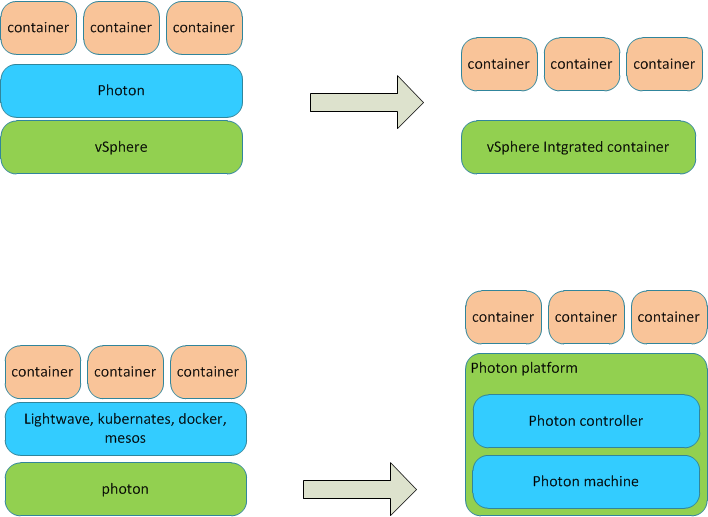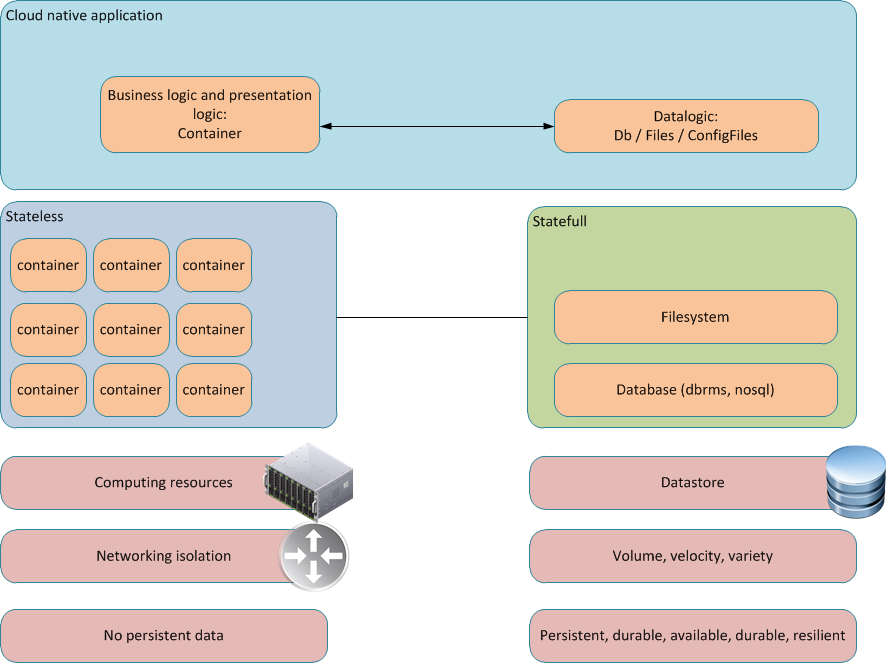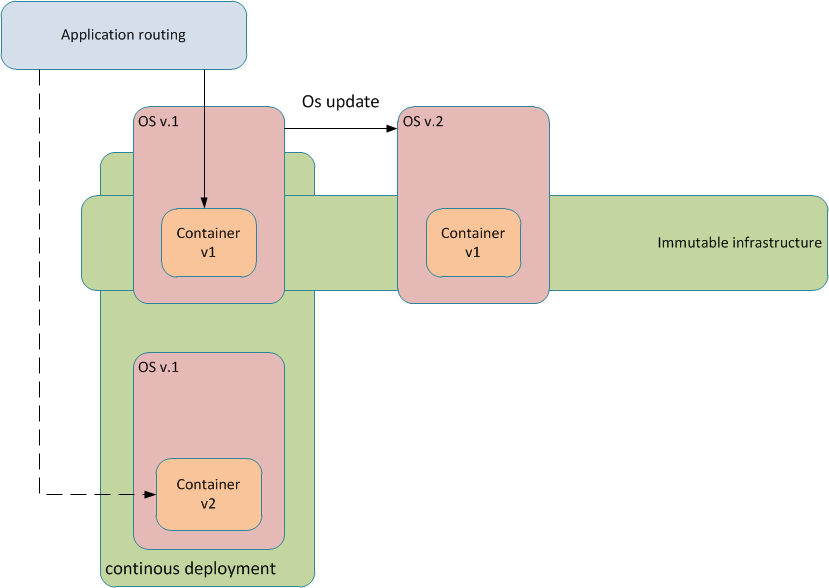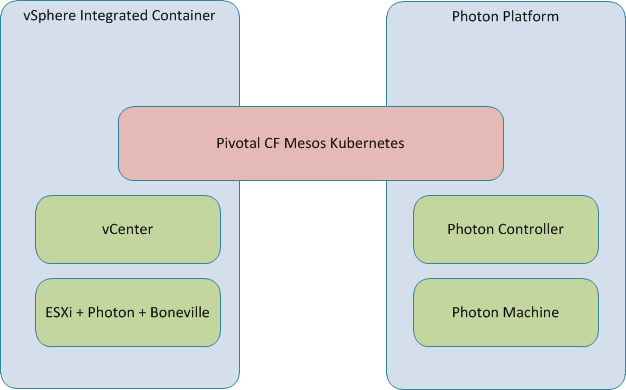In the previous articles (Part 1 and Part 2) we’ve talked about Photon and Docker are a new way to developed and put new generation applications into production. Indeed, containers and “microservice” development techniques are the architectural and cultural elements that determine a significant shift in the way of managing cloud-native applications within their life cycle. As cloud-native applications is a very hot topic in the IT world, it’s easy to find on the Web new announces and information that can make obsolete some elements covered in the previous articles.
As a matter of fact, the announcement of the devbox based on Photon Controller and the implementation of new clustering mechanisms in containers are now available to the community world by means of the technology preview channel of VMware.
As time (and posts on the CNA - Cloud Native Application Blog, http://blogs.vmware.com/cloudnative/) passes by, VMware renews its commitment taken at the beginning of 2015 with two big news: Photon Controller and vSphere Integrated Container (ex Boneville project). The Latter is the vSphere-like solution capable of merging the role of developers with the one of sysadmins by using a unified platform. The model introduced with this development offers a more coherent management between physical host, virtual machine and container.
The stateless-stateful model
Pure cloud-native development model implies a distinct separation between data logic and business logic. Containers become the key element to develop business logic, but in order to remain coherent with the microservice method, all data storing components must be stripped off, which will provide some configuring elements of the application itself, in addition to data logic. An example of an architecture that respects the stateless-stateful separation model is provided by one of the very big players in the cloud sphere: Amazon. Amazon indeed by using its cloud serverless architecture, provided by AWS Lambda, points developer towards a microservice architecture.
According to Massimo Re Ferrè, (member of VMware CNA), in order to promote the development of cloud-native applications, a gap which often insists and endures in analytical approaches must be filled first.
But if microservice revolutions business logic only, then the whole part regarding data management must be revised: be it in a community or in an enterprise environment, the orientation of developers is shifting from burdensome and little flexible systems, like relational databases, towards scalable systems that can sustain huge work loads, called “noSQL” databases (ref.: http://www.thegeekstuff.com/2014/01/sql-vs-nosql-db/)
vSpere Integrated Container
It was June 2015 when, during a Docker conference, VMware illustrated the Bonneville Project and, just two months after, announced vSphere Integrated Container (VIC), the vSphere-based Platform-as-a-Service reply.
VIC brings with itself something more complete than what we’ve seen before, based on concepts like Self-service infrastructure (ie infrastructures that can be autonomously used by non-sysadmins too) and Immutable infrastructure (ie. the possibility of developing and bringing into production applications removing operating and infrastructural dependencies. Ref.: http://radar.oreilly.com/2015/06/an-introduction-to-immutable-infrastructure.html).
Indeed, by simplifying deployment operations, the development in Continuous Deployment mode is favoured; this mode is about alternating code writing phases and putting into production phases, thus making the latest release, and the ones previous to the last change, available. In this way, it’s possible to perform a roll-back should errors raise or incompatibilities are discovered during the runtime period.
Unfortunately this product is not available yet; still, some interesting demos have been run at VMworld 2015 (USA and Europe), which are now available at the Youtube channel: https://www.youtube.com/watch?v=NF38PWgosfw
Photon Platform
AS vSphere integrated container, Photon Platform represents the architectural evolution of the simple Photon operating system. As a matter of fact, the addition of a control-plane called Photon Controller and the introduction of a microvisor called photon machine represents a safe environment full of tools to run Docker, Meso, Cloud Foundry and Kubernetes.
[photon controller https://blogs.vmware.com/cloudnative/vmware-photon-controller-deep-dive/]
Photon machine is a “microvisor”, ie a shrunk version of the ESXi hypervisor with software components optimized for containers.
Photon controller is the evolution of the environment based on Photon: a multi-tenant control-plane capable of offering features such as clustering and container scalability.
Containers are the technology that represents and, at the same time, make easier the shift from traditional application development towards new generation applications. VMware, Microsoft, Red Hat and others are the big players that are now realizing a real Platform As A Service capable of satisfying the need of sysadmins and developers in a more and more cloud-oriented scenario 2016 will be a year rich of news and VMware will be closer to the devops world with new releases… stay tuned!




